A new study demonstrates that long-term oral nicotine administration reprograms aging-related metabolism and slows motor decline in mice.
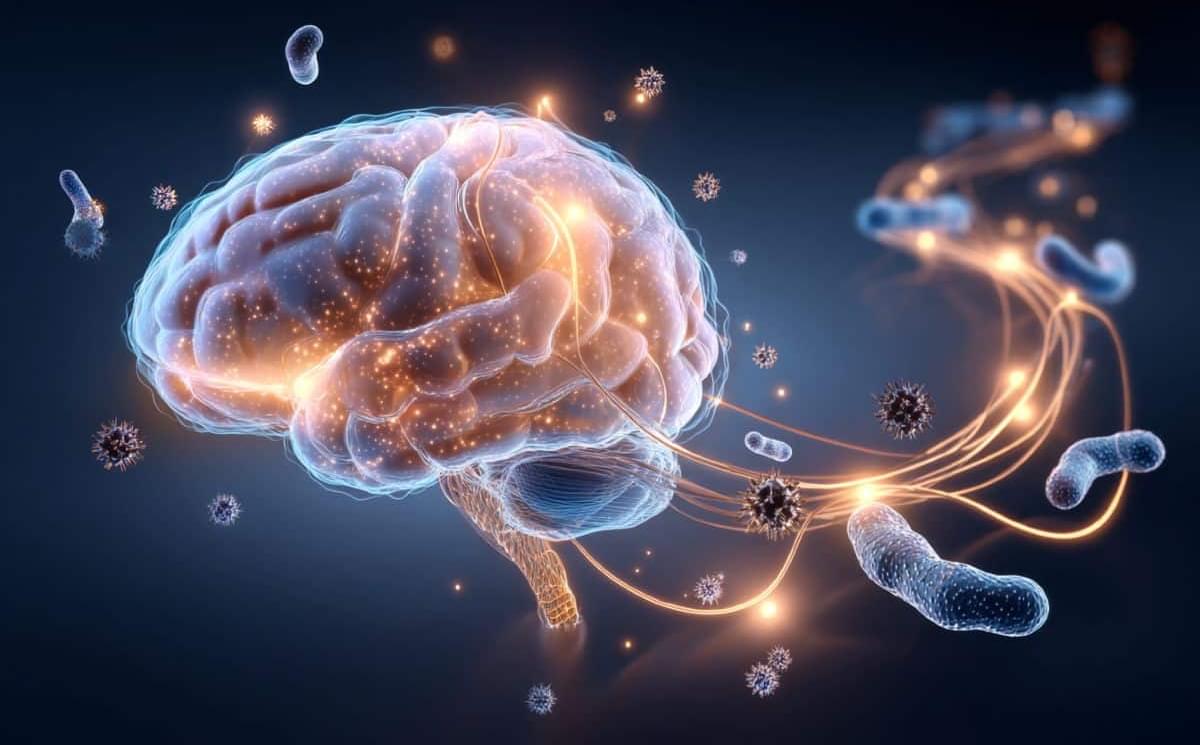

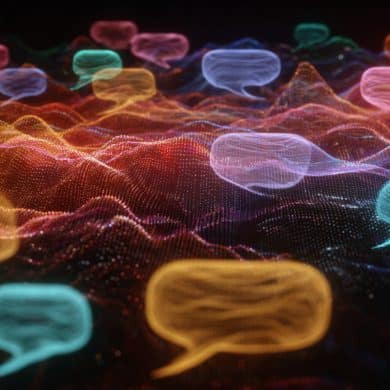
Could pig plasma fractions really rejuvenate aging rats? Join me as I interview Nicolás and Nina from the Rejuvenation Science Institute (Brazil), who are working to reproduce the headline-creating “pig plasma rejuvenation” results. We explore the origins, science, controversies, challenges, and hopes surrounding this research—plus their plans for the next breakthrough longevity experiment and open science collaboration.
https://www.rejuvenescimento.org/english.
https://www.rejuvenescimento.org/news… https://journals.tmkarpinski.com/inde… Timestamps 00:00 – Introduction: The Pig Plasma Rat Rejuvenation Debate 02:00 – Origins: Why try to reproduce these results? 08:30 – What is being injected? Fraction preparation explained 15:40 – Acute toxicity and safety results: did the rats survive? 26:00 – The next experiment: timelines, scale-up, and open science goals Find me on Twitter — / eleanorsheekey Support the channel through PayPal — https://paypal.me/sheekeyscience?coun… through Patreon —
/ thesheekeyscienceshow Please note that The Sheekey Science Show is distinct from Eleanor Sheekey’s teaching and research roles. The information provided in this show is not medical advice, nor should it be taken or applied as a replacement for medical advice. The Sheekey Science Show and guests assume no liability for the application of the information discussed. Icons in intro; “https://www.freepik.com/free-photos-v…Background“Background vector created by freepik — www.freepik.com.
https://journals.tmkarpinski.com/inde…
Timestamps.
00:00 – Introduction: The Pig Plasma Rat Rejuvenation Debate.
02:00 – Origins: Why try to reproduce these results?
08:30 – What is being injected? Fraction preparation explained.
15:40 – Acute toxicity and safety results: did the rats survive?
26:00 – The next experiment: timelines, scale-up, and open science goals.
Find me on Twitter — / eleanorsheekey.
Support the channel.
through PayPal — https://paypal.me/sheekeyscience?coun…
through Patreon — / thesheekeyscienceshow.
Please note that The Sheekey Science Show is distinct from Eleanor Sheekey’s teaching and research roles. The information provided in this show is not medical advice, nor should it be taken or applied as a replacement for medical advice. The Sheekey Science Show and guests assume no liability for the application of the information discussed.
Icons in intro; \.

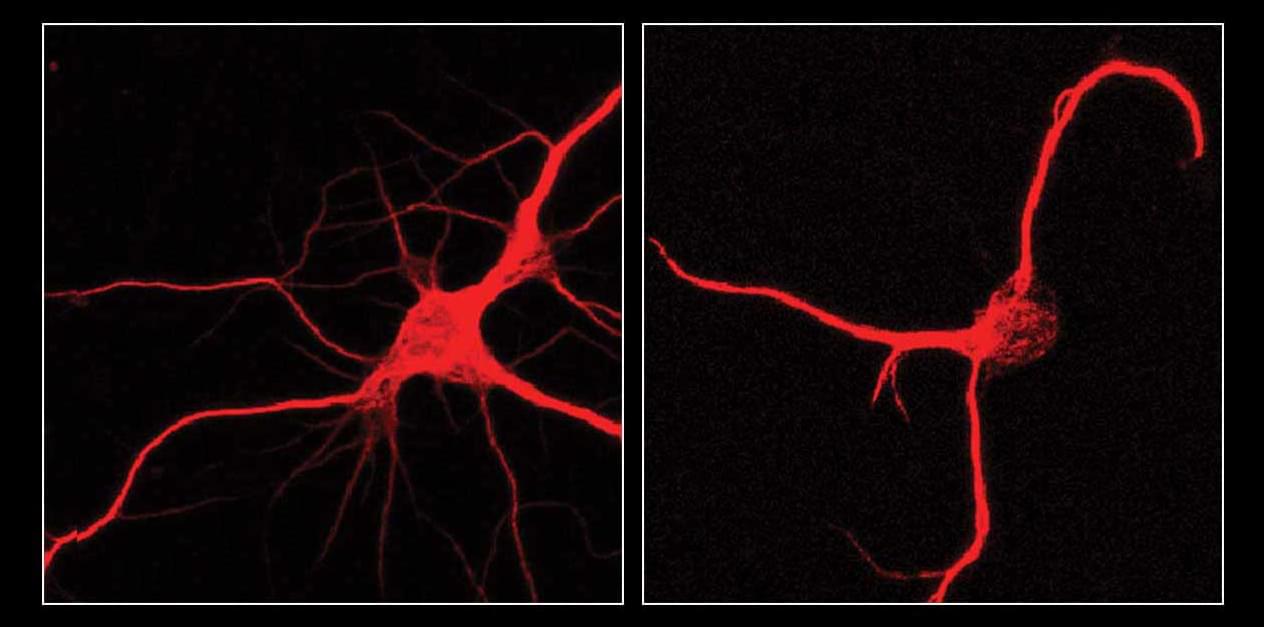
Aging is particularly harsh on the hippocampus, the brain region responsible for learning and memory.
Now, researchers at UC San Francisco have identified a protein that’s at the center of this decline.
They looked at how the genes and proteins in the hippocampus changed over time in mice and found just one protein that differed between old and young animals. It’s called FTL1. Old mice had more FTL1, as well as fewer connections between brain cells in the hippocampus and diminished cognitive abilities.
Scientists discover a protein that gets concentrated in the brain during aging, leading brain connections to wither and cognitive decline to accelerate — and a way to counter its effects.
Anybody got a spare $130 million?
Dr. Bill Andrews, a trailblazing scientist, is on a mission to cure aging. From a childhood dream sparked at age 10 to his pioneering telomerase research, he reveals how Sierra Sciences could reverse aging in just three years with $130 million in funding. Yet, investor demands for quick returns stand in his way.
He believes that a Biotech Freedom Zone through Immortalis—a revolutionary approach to bypass funding and regulatory hurdles—is the catalyst to transform longevity research, making health affordable and aging a thing of the past.
Join the community behind the first ever Biotech Freedom City:
https://joinimmortalis.com
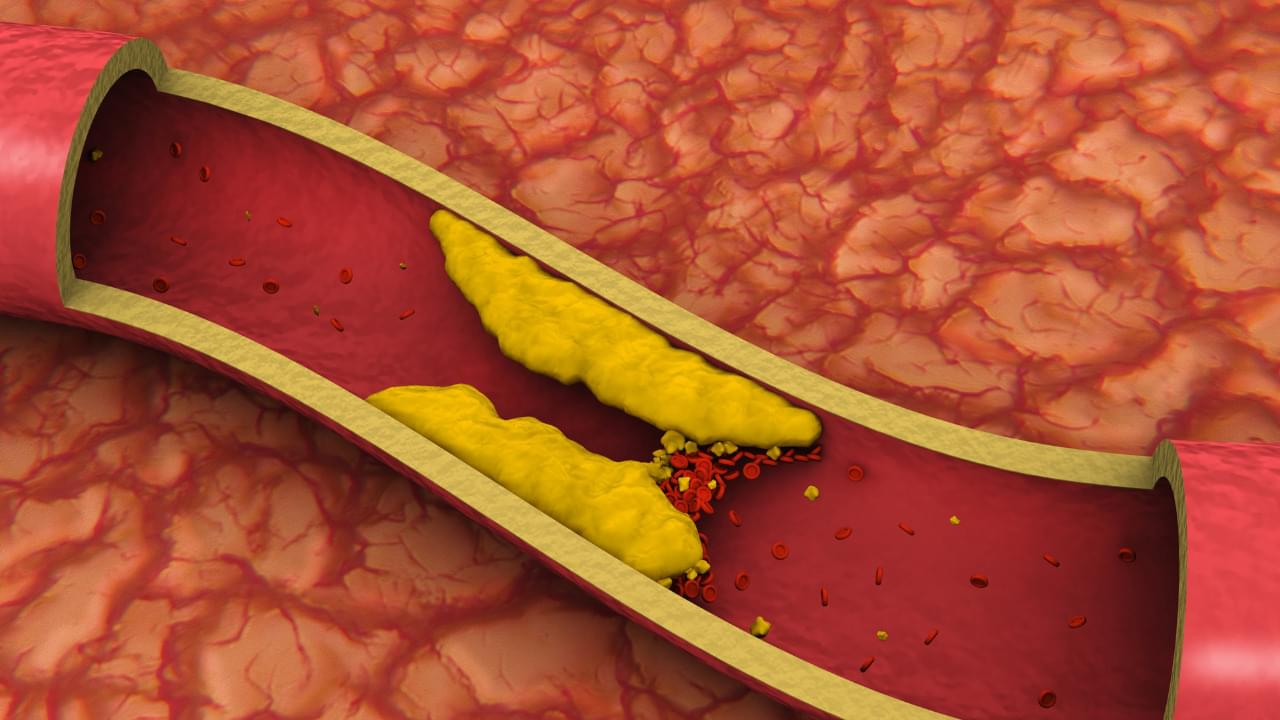
It is a very common belief that once plaque builds up in the arteries, it is there to stay, a slow, irreversible path towards heart disease. Doctors generally prescribed lifelong medication, stents, or even surgery as the only way forward. But as longevity expert Dr Vass, trained at Cornell, points out, that it might not all be true. Science now shows that arterial plaque can indeed be managed, reduced, and even stabilised if the root causes are targeted. So, can plaque really be reversed, and can this lower the risk of heart attacks? Here’s all we need to know about it.
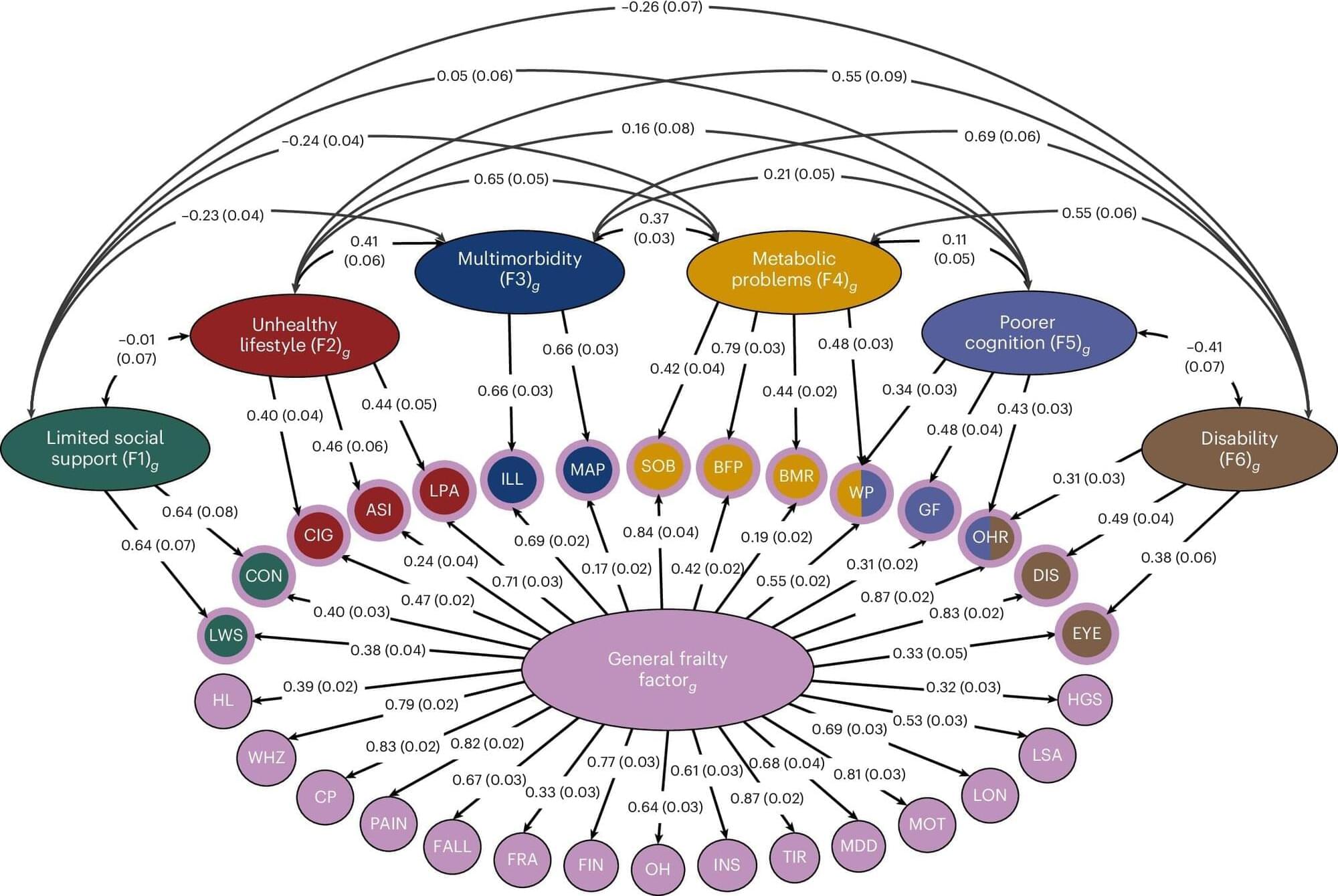
It’s a fact of life: Some people age better than others. Some ease into their 90s with mind and body intact, while others battle diabetes, Alzheimer’s or mobility issues decades earlier. Some can withstand a bad fall or bout of the flu with ease, while others never leave the hospital again.
New University of Colorado Boulder-led research, published in Nature Genetics, sheds light on why that is.
In it, an international team of co-authors identifies more than 400 genes associated with accelerated aging across seven different sub-types. The study reveals that different groups of genes underlie different kinds of disordered aging, a.k.a. frailty, ranging from cognitive decline to mobility issues to social isolation.

With the intensification of global aging, the incidence of age-related diseases (including cardiovascular, neurodegenerative, and musculoskeletal disorders) has been on the rise, and cellular senescence is identified as the core driving mechanism. Cellular senescence is characterized by irreversible cell cycle arrest, which is caused by telomere shortening, imbalance in DNA damage repair, and mitochondrial dysfunction, accompanied by the activation of the senescence-associated secretory phenotype (SASP). In this situation, proinflammatory factors and matrix-degrading enzymes can be released, thereby disrupting tissue homeostasis. This disruption of tissue homeostasis induced by cellular senescence manifests as characteristic pathogenic mechanisms in distinct disease contexts. In cardiovascular diseases, senescence of cardiomyocytes and endothelial cells can exacerbate cardiac remodeling.
